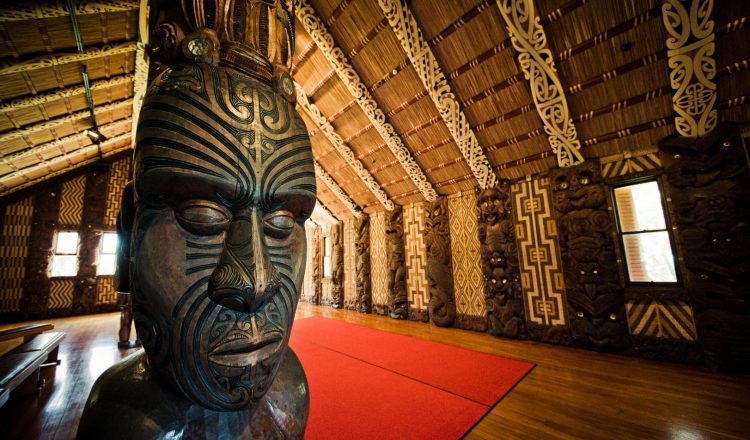티캉아(Tikanga)
티캉아(Tikanga) 마오리족이 태초부터 존재했다고 믿는 개념입니다. 마오리 문화 내의 규칙이자 풍습이며, 영혼과 땅, 그리고 그들의 조상들과 함께 어떻게 하면 좋은 삶을 살 수 있는지를 보여줍니다. 티캉아는 영적인 원천으로부터 파생된 개념이지만, 각각의 이위(Iwi, 부족) 안에서, 마오리 문화 전반에 걸쳐 일반적인 사회적 관습으로 기능을 합니다. 이위마다 각각 다르게 정의되는 티캉아-관습과 윤리관을 가지고 있을 수 있지만, 서로 개별 부족에 대한 참된 모습으로 티캉아를 존중합니다. 티캉아는 기본적으로 과거에 생겨났고 마오리 사람들은 각각의 이위는 다른 역사를 가지고 있으므로 자신의 티캉아와 다르다고 해서 함부로 판단하면 안되기 때문입니다.
오늘날의 티캉아
티캉아는 과거에서 왔으며 또한 미래를 향해 나아가고 있습니다. 외부적으로는 전세계의 영향을 받아 도덕과 윤리 개념이 조금씩 조정됐고, 내부적으로는 마오리만의 독특한 문화와 사상이 노출되면서 조금씩 변화됐습니다. 뉴질랜드가 커다란 멜팅팟(melting pot)으로 변모함에 따라 티캉아 역시 기독교적 가치와 더불어 서양과 동양의 사상과 철학에 영향을 받아왔습니다.
정부가 티캉아를 법에 접목하기 시작하면서 1980년대에는 뉴질랜드의 주류 개념으로 자리매김했습니다. 이러한 법률은 티캉아가 토지 처리 부분에서 큰 역할을 맡는 것과 같이 일반적으로 지속 가능성과 자원 관리와 연관이 깊습니다. 또한 정부는 도덕과 정의와 관련한 법률 문제에도 제도 내의 규약과 윤리를 적용합니다. 정부가 입법 과정에 티캉아를 접목하려 노력하는 것은 뉴질랜드 얼마나 진보적인 문화적 정체성을 가지고 있는지와 다양성을 위한 헌신을 잘 보여주는 부분입니다.
몇 가지 티캉아 예를 들어보겠습니다.
- 타인의 머리를 만지지 마세요. 머리는 마오리인에게 신성한 것으로 간주됩니다.
- 테이블이나 베개에 앉지 마세요. 특히 음식이 있는 경우 이는 비위생적인 행동이기 때문입니다. 같은 이유로 가방이나 모자를 테이블 위에 올려 놓지 말고 바닥이나 의자에 올려 놓으세요.
- 사람의 머리 위로 음식을 전달하지 마세요. 첫 번째 규칙과 마찬가지로 마오리 문화에서는 음식과 머리 모두 신성한 것입니다. 마오리인들은 정신적인 맥락에서 환영, 의식, 또는 친밀감을 쌓기 위해 음식을 사용합니다.
- 누군가가 말하는 동안 방으로 드나들거나 가로질러 다니지 마세요. 특히 권위있는 사람이 말하는 중이라면 더욱 그렇습니다. 자리를 이동해야 할 경우 조용히 움직이고 스피커 앞을 지나지 마세요. 연설이나 미히(Mihi, 마오리 인사)에는 매우 특별한 절차로 이루어지므로 여기에 끼어드는 것은 매울 무례한 행동으로 보여집니다.

















































